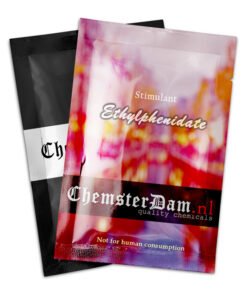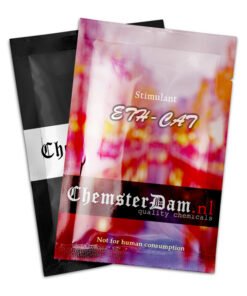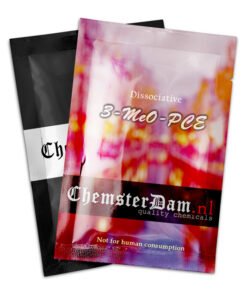4-AcO-DMT
€12.45 – €311.00
Buy Clean and pure 4-AcO-DMT [>90.0%] direct from our online shop
Shipping to USA, EU, NZ, AU *
*for research purposes only. human consumption is against our terms of service.
the psychedelic effects of 4-aco-dmt are believed to come from its activity as a partial agonist for the 5-ht2a receptor. however, the role of these interactions and how they result in the psychedelic experience is the subject of ongoing scientific investigation.
| bulk discount: | |
| 1 Gram | 12.45 |
| 3 Grams | 28.00 |
| 5 Grams | 39.00 |
| 10 Grams | 74.50 |
| 25 Grams | 171.00 |
| 50 Grams | 311.00 |
| property | value |
|---|---|
| Common names | 4-AcO-DMT, 4-Acetoxy-DMT, Psilacetin, O-Acetylpsilocin, “Synthetic mushrooms” |
| Substitutive name | 4-Acetoxy-N,N-dimethyltryptamine |
| Systematic name | 3-[2-(Dimethylamino)ethyl]-1H-indol-4-yl acetate |
| Psychoactive class | Psychedelic |
| Chemical class | Tryptamine |
4-acetoxy-n,n-dimethyltryptamine (also known as 4-aco-dmt, 4-acetoxy-dmt, o-acetylpsilocin, and psilacetin) is a novel psychedelic substance of the tryptamine class. 4-aco-dmt is chemically similar to psilocybin, the active ingredient in psilocybin mushrooms (magic mushrooms). it belongs to a group known as the substituted tryptamines which act by stimulating serotonin receptors in the brain.
the synthesis of 4-aco-dmt was first reported in 1963 by albert hofmann and franz troxler. however, its pharmacology and subjective effects were not explored. a 1999 paper by david e. nichols suggested it as a useful alternative to psilocybin for pharmacological research. reports of recreational use began to surface following its appearance on the online research chemical market in the 2010s.
subjective effects are reported to be nearly identical to those of psilocybin mushrooms. like psilocybin, 4-aco-dmt is theorized to act as a prodrug to psilocin, which may account for this similarity. characteristic effects include geometric visual hallucinations, time distortion, enhanced introspection, euphoria, and ego loss. 4-aco-dmt’s classical psychedelic effects and favorable tolerability profile has led it to become popular among novel psychoactive substance users who seek mystical or entheogenic experiences.
very little data exists on the pharmacology, metabolism, and toxicity of 4-aco-dmt. it is thought to have a favorable safety profile similar to that of psilocybin mushrooms, which are known to be non-toxic and non-addictive. however, it should be noted that there is currently no data to support this claim. it is highly advised to use harm reduction practices if using this substance.
chemistry
4-aco-dmt, or 4-acetoxy-n,n-dimethyltryptamine, is a synthetic indole alkaloid molecule of the tryptamine chemical class. tryptamines share a core structure comprising a bicylic indole heterocycle attached at r3 to a terminal amino group via an ethyl side chain.
4-aco-dmt is substituted at r4 of its indole heterocycle with an acetoxy (-aco) functional group ch3coo−. it also contains two methyl groups ch3– bound to the terminal amine rn of the ethyl side chain.
4-aco-dmt is the acetate ester analog of psilocin (4-ho-dmt) and the n-substituted methyl homolog of 4-aco-met. it is the o-acetylated form of psilocin, whereas psilocybin is the o-phosphorylated form.
pharmacology
the psychedelic effects of 4-aco-dmt are believed to come from its activity as a partial agonist for the 5-ht2a receptor. however, the role of these interactions and how they result in the psychedelic experience is the subject of ongoing scientific investigation.
in the body, 4-aco-dmt is suspected to be deacetylated into psilocin during first pass metabolism, by the acidic conditions in the stomach, and as it passes through the liver.
| Gram | 1 Gram, 3 Grams, 5 Grams, 10 Grams, 25 Grams, 50 Grams |
|---|











Reviews
There are no reviews yet.